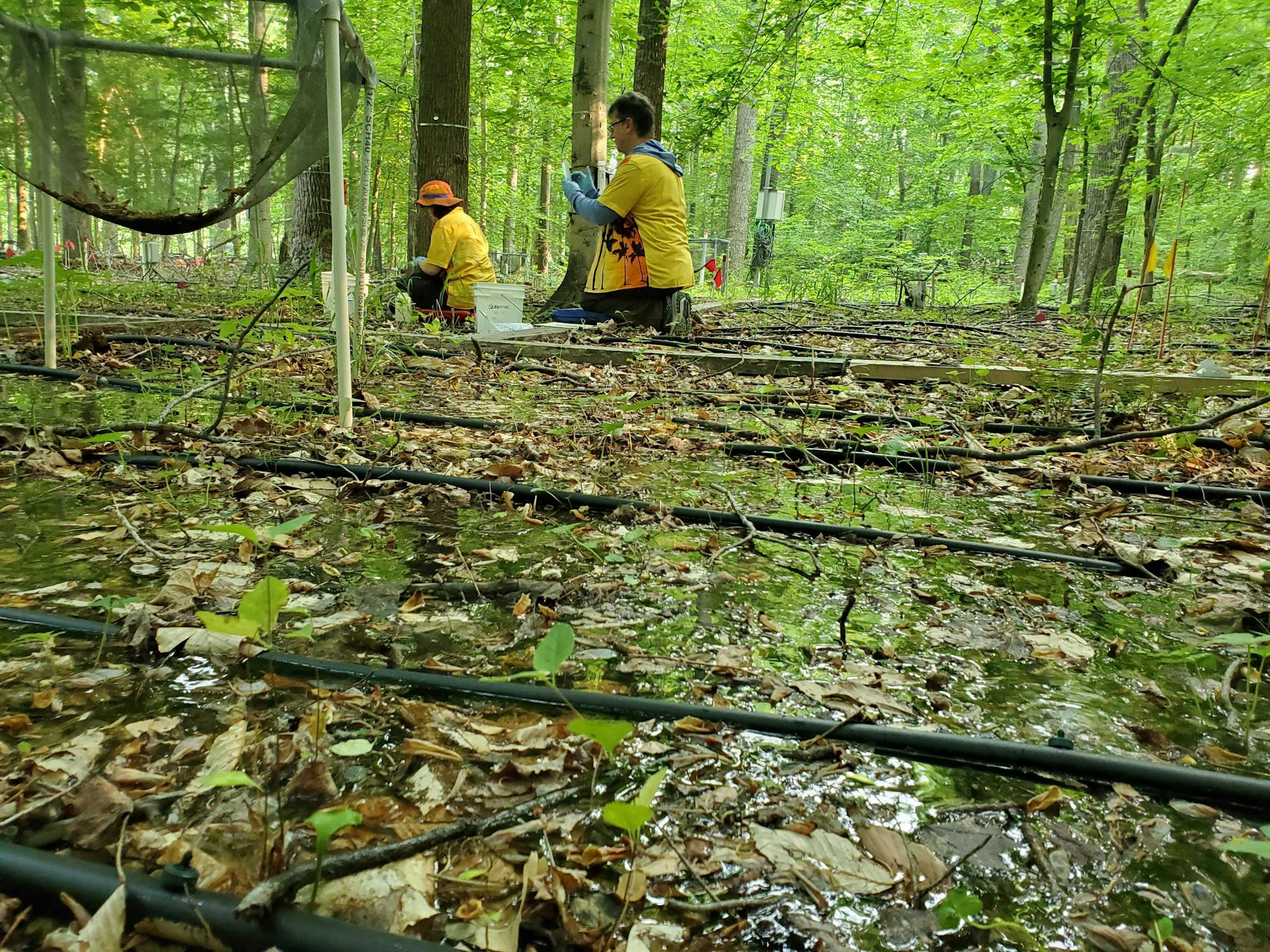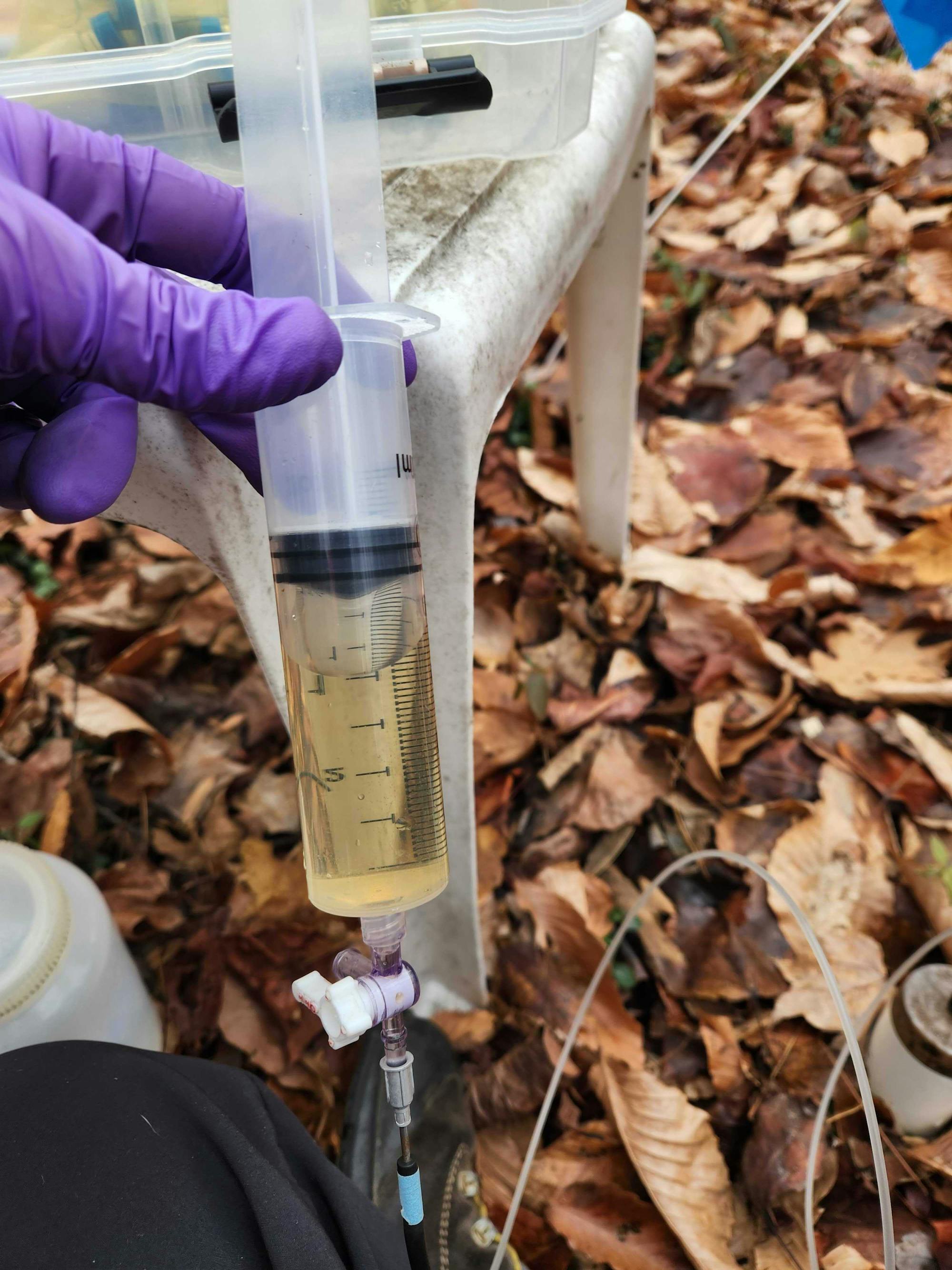spraying it precisely through the smelters at a specific point in time.
.
Seawater has several drawbacks as well.
Excessive salt from seawater can harm ecosystems, particularly those found in areas like the chaparral shrublands surrounding Los Angeles that aren’t typically exposed to the ocean. As gardeners are aware, small amounts of salt added as fertilizer won’t harm plants, but excessive salt buildup can be stressful and even fatal to them.
We still don’t fully understand the impact that adding seawater to ecosystems will have. However, by looking at the effects of rising sea levels, we can get a better idea of what we might expect.
An experimental study of the effects of seawater in a coastal forest environment.
This experiment was developed to comprehend the effects on historical saline-free coastal forests when they first encounter saltwater environments.
A widespread consequence of climate change affecting both the U.S. and the globe.
The process involves pumping salty water from the Chesapeake Bay into holding tanks, after which we then sprinkle the water across the forest floor, ideally saturating the soil in about 10 hours, replicating the effects of a powerful storm surge.

We’re seeing less water being drawn up from the ground, which could be an early indicator of trouble.
Following a month-long experiment in June, marked by a 30-hour exposure, something drastic happened in the forest. By July, the tulip poplar leaves began to turn a premature brown. As the days went by, the forest took on an unusual appearance, devoid of its lush greenery by mid-August. What’s more striking was the fact that it was autumn-bare by early September, eerily similar to the onset of winter. But here’s the notable difference: this transformation didn’t happen in a nearby study plot that received the same environmental conditions, except it was treated with regular freshwater instead of seawater.
The forest’s initial resistance made sense, largely because the water in the estuary, which is a mixture of freshwater from rivers and saltwater from the ocean, had relatively low salt levels before our experiments took place.
However, a severe drought occurred after our 2024 testing, leaving salt residues in the soil. The trees’ extended exposure to these salty soils in 2024 may have surpassed their capacity to handle such conditions.
In comparison to our forest research plot located on the East Coast.
Notable shifts visible in the terrain
Our research team is currently working to identify all the factors that determine how adaptable a forest can be to brackish water, and explore the relevance of our findings to other diverse ecosystems, particularly those along the Los Angeles coast.
The unexpected change in leaf color from green to brown was just the beginning of a series of surprises, but beneath the surface, there were many more waiting to be discovered.
When rainwater is slowly filtering through the ground, it’s typically clear. However, around a month after one exposure to saltwater for ten hours in 2022, the soil water turned brown and remained that way for two years. This brown color is caused by compounds from decomposed plant matter being pulled out of the soil, a process similar to how coffee stains are infused into tea.

Research in our laboratory indicates that salt has been causing clay and other particles to break down and move around within the soil. This disruption to the soil’s chemical composition and physical framework can have a lasting impact that can be felt for many years.
Rising sea levels are resulting in increased coastal vulnerability.
As long as fresh water is available.
As global temperatures continue to rise due to climate change, U.S. coastlines are seeing more frequent and severe instances of saltwater exposure, with the resulting water level increases encroaching on forests, fields, and farmland, potentially posing unexplored threats to coastal ecosystems.
